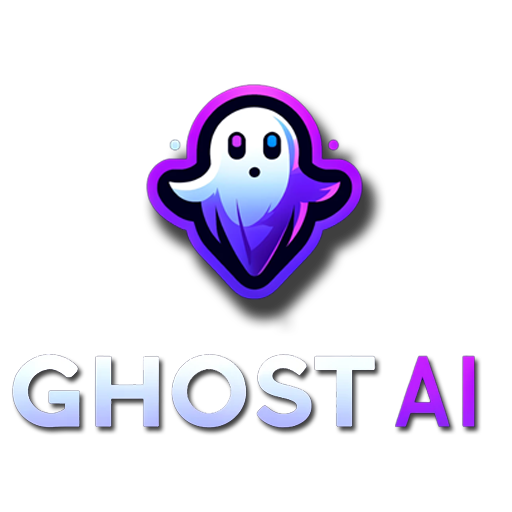The groundbreaking anime film, “Ghost in the Shell,” has left an indelible mark not only on the world of animation but also on technology. Released in 1995, this iconic movie by Mamoru Oshii introduced audiences to a futuristic world where humans and machines coexist seamlessly. The film’s exploration of cybernetics, artificial intelligence, and virtual reality has had far-reaching implications for the development of technology over the past two decades.
One significant aspect that “Ghost in the Shell” brought into focus was the concept of a ‘ghost,’ which refers to an individual’s consciousness or soul. This idea challenged traditional notions of identity and self, paving the way for advancements in fields like neuroscience and artificial intelligence. The film’s portrayal of cyborgs – humans enhanced with cybernetic technology – has inspired real-life research into prosthetics and brain-computer interfaces.
Moreover, “Ghost in the Shell” also predicted the rise of virtual reality (VR) and augmented reality (AR). The film’s depiction of a world where people can enter digital environments or overlay information onto their physical surroundings has become increasingly relevant with advancements in VR technology. Today, we see applications ranging from gaming to medical training that are reminiscent of the futuristic scenarios depicted in the movie.
In conclusion, “Ghost in the Shell” serves as a cautionary tale about the potential dangers and ethical implications of technological progress. Its impact on our understanding of identity, consciousness, and reality has been profound, shaping not only how we perceive technology but also how it continues to evolve around us.
#Movies #FilmIndustry #Cinematic #ArtificialIntelligence #Insights #GhostintheShell #impactontechnology

Join our Business Discord: https://discord.gg/y3ymyrveGb
Check out our Hugging Face and services on LinkedIn: https://www.linkedin.com/in/ccengineering/

